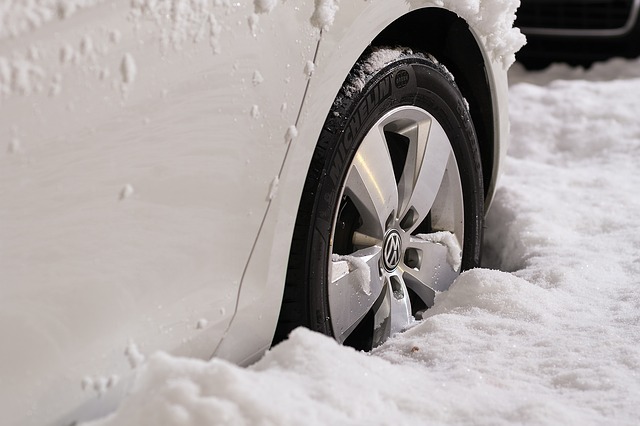In winter, beware of damage to bodywork caused by salt splashes
Winter is slowly but surely approaching. This is perhaps the most challenging time of year for drivers. Not only is driving in the snow, on ice, or during heavy snowfalls often very difficult, but the risk of body damage is also high. To what?

Salt! This is a very important substance for winter roads, but unfortunately its aggressive composition has a major drawback. The spreading of salt accelerates the corrosion of the steel materials used in most cars. Surprisingly, this is the reason why cars need to be washed even in winter.
New car owners may claim that their cars have been treated for corrosion protection. Unfortunately, the quality of this treatment varies from manufacturer to manufacturer and cannot be trusted 100%. In this regard, there are sprays on the market that provide additional protection for the car. The advantage over sprays and anti-corrosion is that the car comes in contact with as little spread salt as possible. Unfortunately, however, there is nothing that can be done about this.
A slightly more labor intensive, but still effective solution is to wash the underside of the car regularly to remove excess salt from any creases in the bodywork. How often should this be done? Some mechanics say that regardless of the season, the car should be washed this way at least once every two weeks. If the car is to be driven on salted roads in the winter, it should be washed even more frequently.
Although tedious, it is very beneficial to the car. Removing salt from the car body at these regular intervals is more likely to accelerate the corrosion process of the car than removing large amounts of salt after the winter is over. Corrosion repairs can be quite expensive, so it would be a shame to wave your hand and not address even the smallest cracks further. After all, repairing corroded car parts can be really expensive.